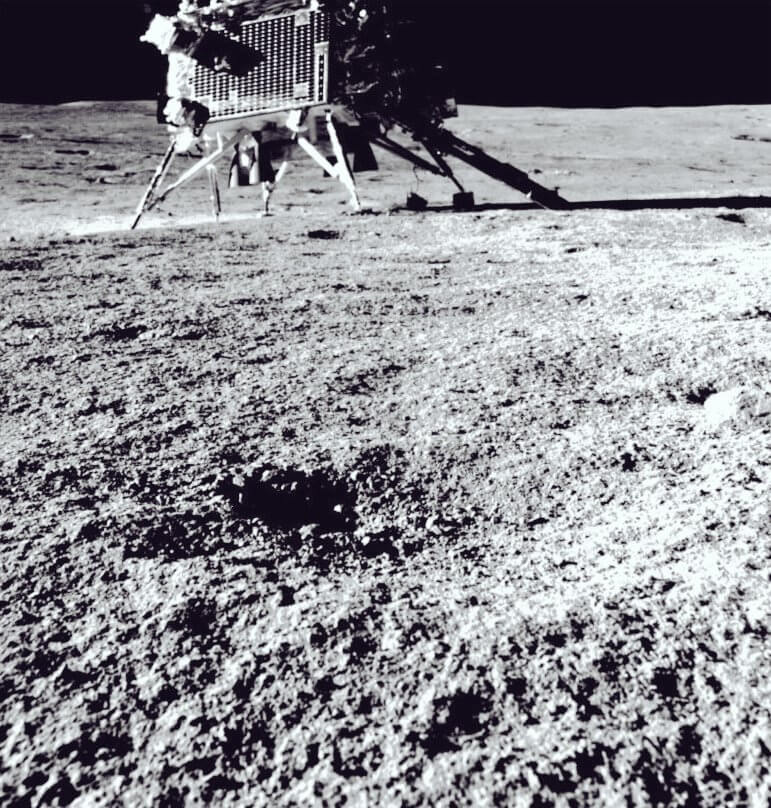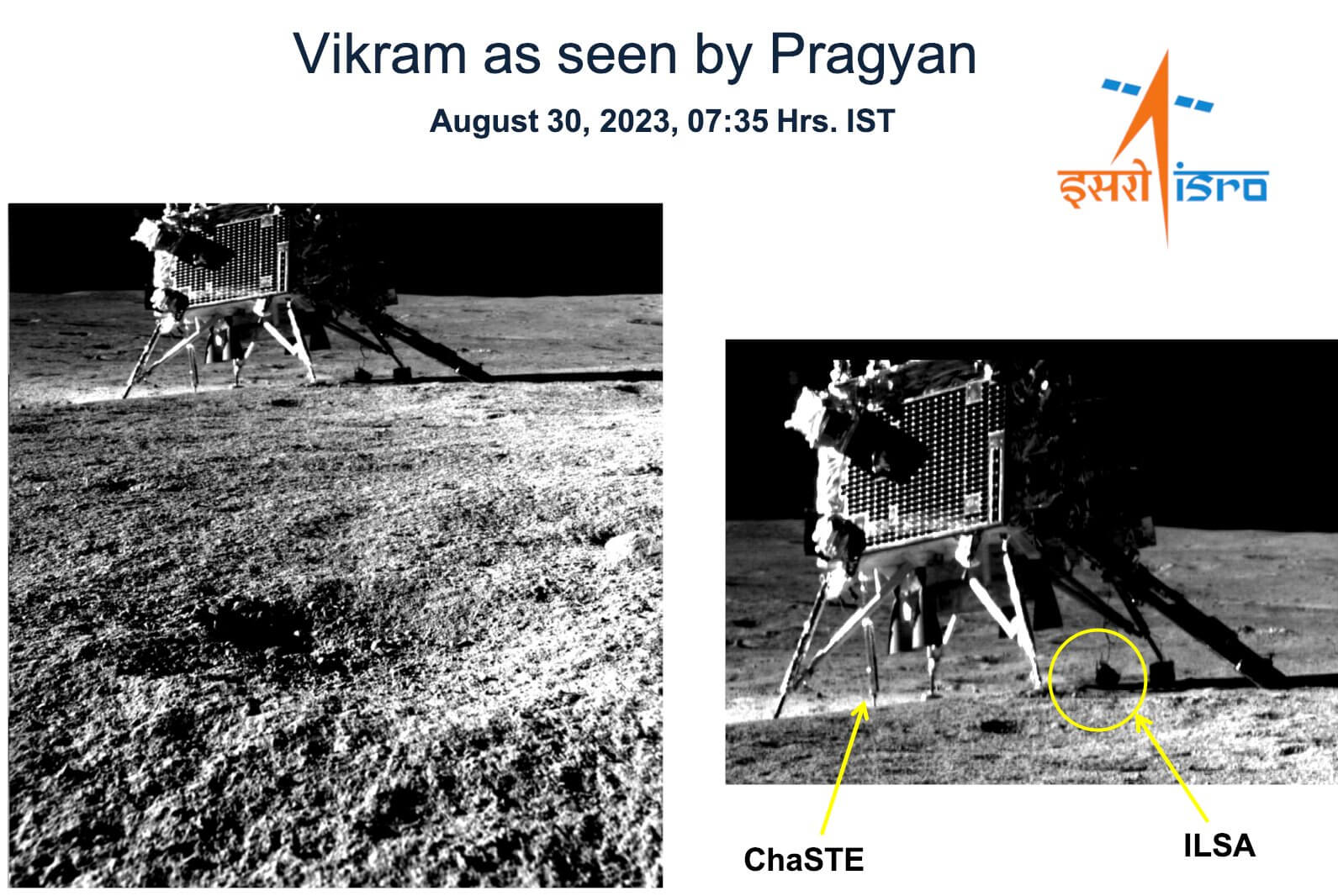The vehicle discovered a wide variety of heavy elements, but this is the first evidence of the presence of sulfur * The rover will tour the south pole of the moon for two weeks and look for signs of water ice

The Paragain rover that left the lunar lander Virkam on India's Chandrayaan-3 mission confirmed the presence of sulfur at the lunar south pole, as reported by the Indian space agency ISRO.
The six-wheeled solar rover Paragyn — which means "wisdom" in Sanskrit — will tour the largely unmapped Antarctic region and transmit images and science data during its two-week (one lunar day) lifetime, while searching for signs of frozen water that could help future astronaut missions as a potential source of water. drinking or producing rocket fuel.
The rover will also investigate the moon's atmosphere and the seismic activity in it, as the chairman of ISRO pointed out.
On Monday, the rover's trajectory was reprogrammed after it got too close to the 4-meter-wide crater. "It is now safely continuing on a new trajectory," the Indian space agency said.
Spectrographic analysis also confirmed the presence of aluminum, calcium, iron, chromium and titanium on the lunar surface, as noted by ISRO, with additional measurements showing the presence of manganese, nitrogen and oxygen.
The probe moves at a slow speed of one kilometer per second to minimize the shock and damage to the vehicle from the cratered surface on the moon.

India has steadily honed its space program achievements since the 60s at a comparatively fractional cost, despite suffering some setbacks. The Chandrayaan-3 mission cost an estimated $75 million.
Last week, India became the first country to land a probe near the largely untouched South Pole, and only the fourth country to successfully land on the surface of the moon.
Four years ago, the previous Indian lunar mission Chandrayaan-2 failed during its final descent and crashed, in what was seen at the time as a huge setback for the program.
Chandrayaan-3 has captured the public's attention since launching about six weeks ago in front of thousands of cheering onlookers, and last week's successful moon landing came just days after Russia's Luna-25 lunar lander crashed in the same area.
The head of Russia's state space corporation Roscosmos attributed the failure to a lack of expertise due to the long hiatus in lunar research that occurred after the last Soviet mission to the moon in 1976.

Another probe manned mission to the Moon and Venus orbit
In 2014, India became the first Asian country to launch a probe into orbit around Mars and plans to launch a probe towards the Sun in September. The Indian space agency plans to launch a 3-day manned mission into Earth orbit by next year.
The agency is also planning its first joint mission to the International Space Station next year in cooperation with the United States, a joint mission with Japan to send another probe to the Moon by 2025, and an orbital mission to the planet Venus within the next two years.
More of the topic in Hayadan:

3 תגובות
What exactly is surprising? It's not like they found a mint bush there!!!
Looks like a machine translation of reasonable quality. I didn't understand some of the sentences.
I wish they succeed. Your success is our success, humanity